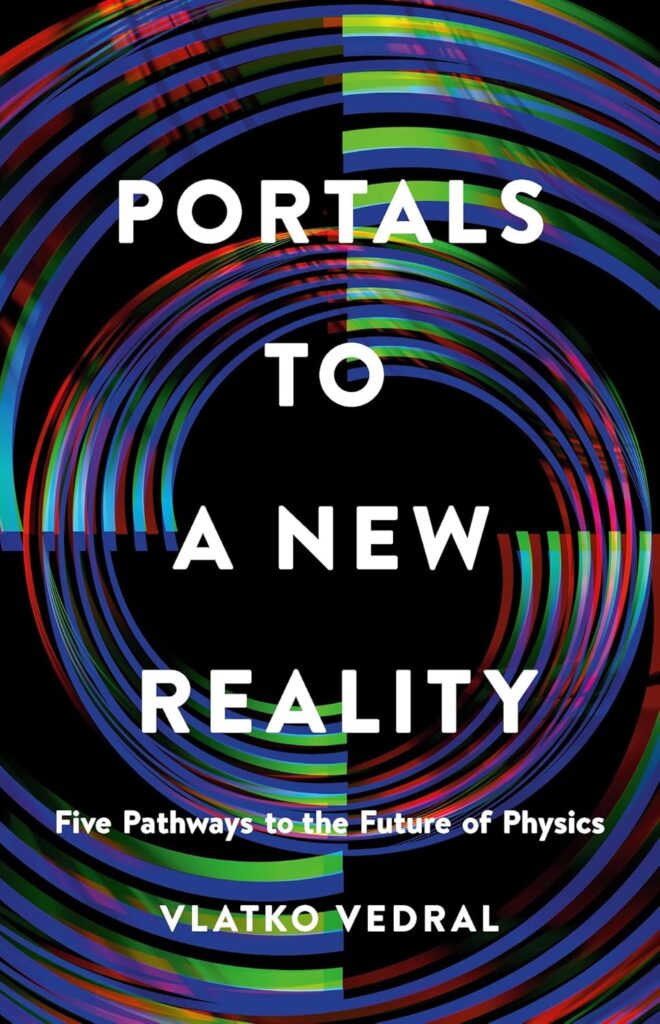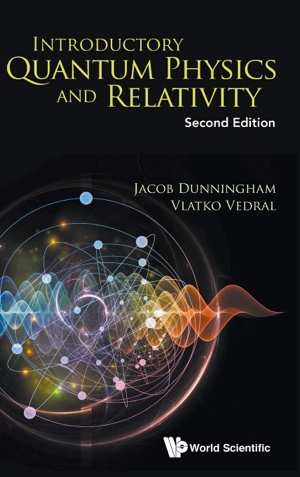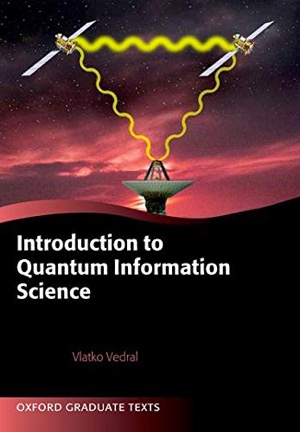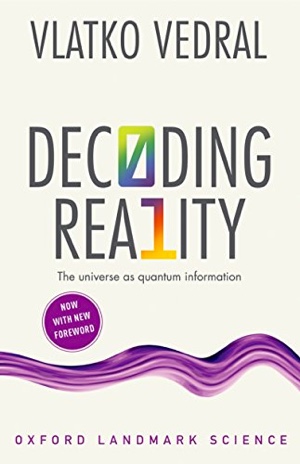It’s All (Quantum) Smoke and Mirrors
As my readers will know, I have been advocating a picture of the universe in which the underlying reality consists of quantum waves. Quantum, meaning that the height of the wave and its phase are q-numbers, as Dirac called them. These q-numbers are infinity by infinity large tables of real numbers and the reason for their necessity is that quantum systems could be in many different states at the same time – the famous superposition principle, aka “Feynman’s only mystery”.
It’s true that one need not use q-numbers to account for all the quantum experiments so far – but, then we would need to admit signals that propagate faster than the speed of light. In other words, we would need to introduce a “spooky action at a distance”, as Einstein called such superluminal effects, which clearly would violate the theory of relativity (according to which no information can travel faster than light). I myself think there is actually nothing wrong with relativity and, if we stick to q-numbers, quantum physics is perfectly fine with relativity too (needless to say there is no violation of relativity to date either).
Now I’d like to tell you about a thought experiment that probes exactly the domain where both quantum physics and relativity matter. And, initially, this thought experiment was a puzzle that came up during a discussion between Anton Zeilinger (Nobel Prize for physics, 2022) and Roy Glauber (Nobel Prize for physics, 2005). Actually, to tell you the truth, I am not sure what the exact history of this puzzle is, but you’ll hopefully excuse me because I am not a historian.
Suppose you have an excited atom inside an optical cavity (two parallel mirrors, one on each side of the atom). Now, if the length of the cavity (i.e., the distance between the mirrors) is suitably adjusted, the atom will not be able to emit a photon and get de-excited. The reason is that no frequency in the cavity matches the energy of the would-be-emitted photon and so this process cannot happen. The effect is hence called the “inhibited spontaneous emission”. It is of great practical importance for quantum technologies when we want to have stable storage of quantum information.
Now, the thought experiment that was discussed involves a sudden removal of one of the mirrors and its replacement by a photo-detector. Question: When will this detector be able to click? Zeilinger argued that as soon as the mirror is moved, the atom will emit a photon since it is no longer inhibited, and this photon will travel to the detector and thus be detected. So, the time of detection is the time it takes the photon to go from the atom to the detector. Glauber, on the other hand, argued that, first, the atom needs to “learn” that the mirror is removed. So, a signal travels from the location of the mirror to the atom and, only then, the atom emits a photon which propagates to the detector. So Glauber’s time for the detector to click is twice as long because light needs to make a round trip mirror-atom-detector.

Photo by drmakete lab on Unsplash
To make things more complicated, Heidi Fearn, Richard Cook and Peter Milonni wrote a formal paper about this thought experiment in 1995, arguing that the detector could detect a photon immediately! At first sight, this sounds like spooky action at a distance. Surely the emission from the atom cannot reach the detector instantaneously. But, Fearn et al. argued differently. The state of the atom in the cavity is not just the “atom excited and no photons in the cavity”. It is instead quantum entangled. There is a probability for the atom to be excited, but there is also a probability for the atom to be already de-excited and for one photon to be in the cavity. This is a stable (entangled) state and remains so until one of the mirrors is removed. The reason for this entanglement is that the atom interacts with the light in the cavity and it is this interaction that generates entanglement. And it is the photon in this entangled state that could be detected immediately when the mirror is removed.
We therefore have three possible answers: a) the photon can be detected after light gets from the atom to the detector, b) after twice that time and c) immediately . Luckily, the experiment did not remain just a thought experiment. David Branning , Alan L. Migdall and Paul G. Kwiat performed it in 2007. So who was right in the end? Well, as fate would have it, neither of the Nobel Laureates got it right. That honour went instead to Fearn and her colleagues, Cook and Milonni.
Amazing stuff, but I can tell you one thing for sure: Schrödinger (of the cat fame) would not be surprised. Unlike Feynman, who thought that superpositions were the only mystery, Schrödinger maintained that entanglement was the characteristic trait of quantum physics. And it is Schrödinger’s entanglement that allowed the photon to be detected instantaneously by Branning, Migdall and Kwiat. More precisely, it is because the atom and the cavity light were entangled to start with, before the mirror was removed.
But, and here you have to trust your humble narrator (or, even better, go and read his latest book), this does not mean that entanglement is spooky. Seeing it through q-numbers makes all the difference.
Sign up to my substack
BOOKS
ASK ME ANYTHING!
If you'd like to ask me a question or discuss my research then please get in touch.





